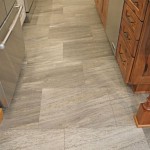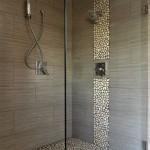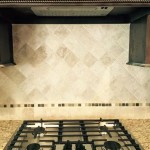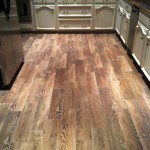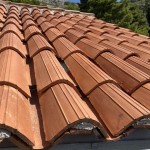Can You Tile Onto Breeze Blocks? Essential Aspects to Consider
Understanding the intricacies of tiling onto breeze blocks is crucial for successful and long-lasting installations. This article delves into the essential aspects to consider when embarking on this task, ensuring optimal results and avoiding potential pitfalls.
Substrate Preparation
Breeze blocks, being porous and uneven, require thorough preparation to ensure a stable base for tiling. Cleaning the surface to remove dirt, debris, and efflorescence is essential. Repairs to any cracks or holes should be made using a suitable mortar or patching compound. A bonding agent or primer may be necessary to enhance adhesion between the tiles and the breeze block substrate.
Adhesive Selection
Choosing the appropriate adhesive for breeze blocks is paramount. Cement-based thin-set mortars specifically designed for exterior applications are recommended. These adhesives provide strong bonding and moisture resistance, crucial for outdoor environments. Professionals may prefer more flexible adhesives that can accommodate movement and temperature fluctuations.
Tile Types
Not all tiles are suitable for breeze block installations. Dense, non-porous tiles with low water absorption, such as porcelain or glazed ceramic, are generally recommended. These tiles are less likely to crack or stain due to moisture penetration. Larger tiles may require additional support or reinforcement to prevent sagging or warping.
Grouting Techniques
Grouting plays a vital role in protecting the joints between tiles and preventing moisture infiltration. Cementitious grouts are commonly used for exterior applications due to their durability and resistance to weathering. Proper grouting techniques, including using a grout float and sponge, ensure a smooth and watertight finish.
Sealant Application
Applying a sealant to the grout joints provides an additional layer of protection against moisture penetration. Silicone-based sealants are ideal for exterior use as they remain flexible and waterproof over time. Sealing the edges of the tiled surface, such as where it meets the wall or floor, is also essential to prevent water damage.
Conclusion
Tiling onto breeze blocks involves careful consideration of substrate preparation, adhesive selection, tile types, grouting techniques, and sealant application. By understanding these essential aspects, you can ensure a successful and durable installation that enhances the aesthetics and longevity of your tiled surface.

Tile Over Blockwork Mike Haduck

Painting Breeze Blocks What Next Page 1 Homes Gardens And Diy Pistonheads

How To Prepare Uneven Walls And Floors Tile

External Breeze Block Wall Board Or Plaster Diynot Forums

Everything You Need To Know About Breeze Blocks Clay Imports

Breeze Blocks Are Back Your Newest Diy Project Hardware Concepts

Dreamin Breeze Block House Architectureau

Breeze Block 75 Designs From 30 Companies Jan 2024 Update

How To Bond Plasterboard Breeze Block Ehow

North Yorks Open Studios Lizzie Shepherd On Landscape
Related Posts

